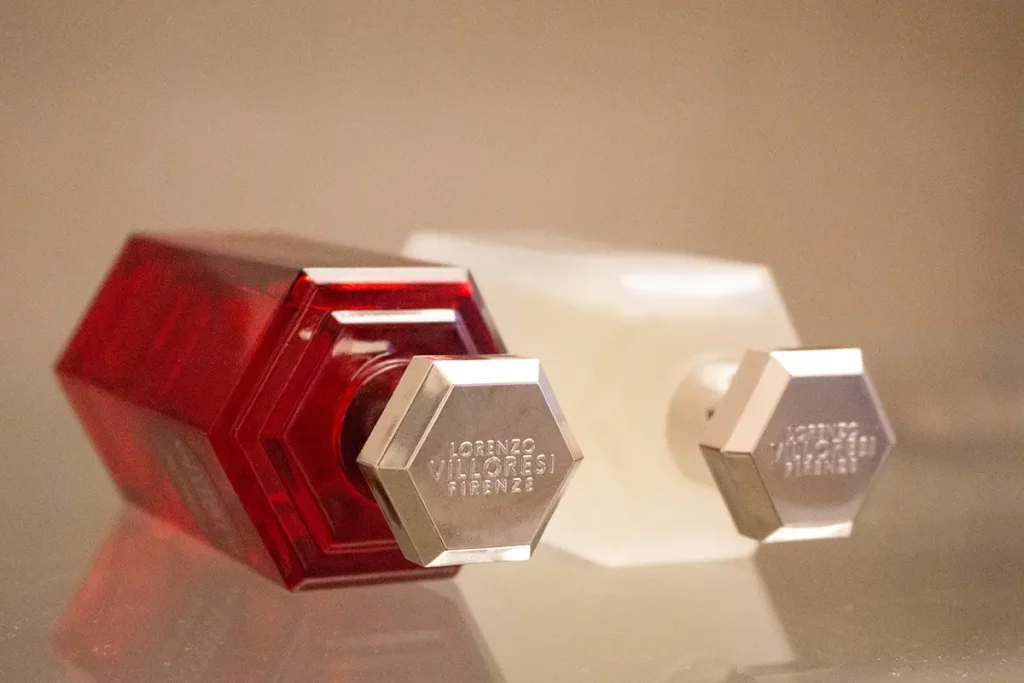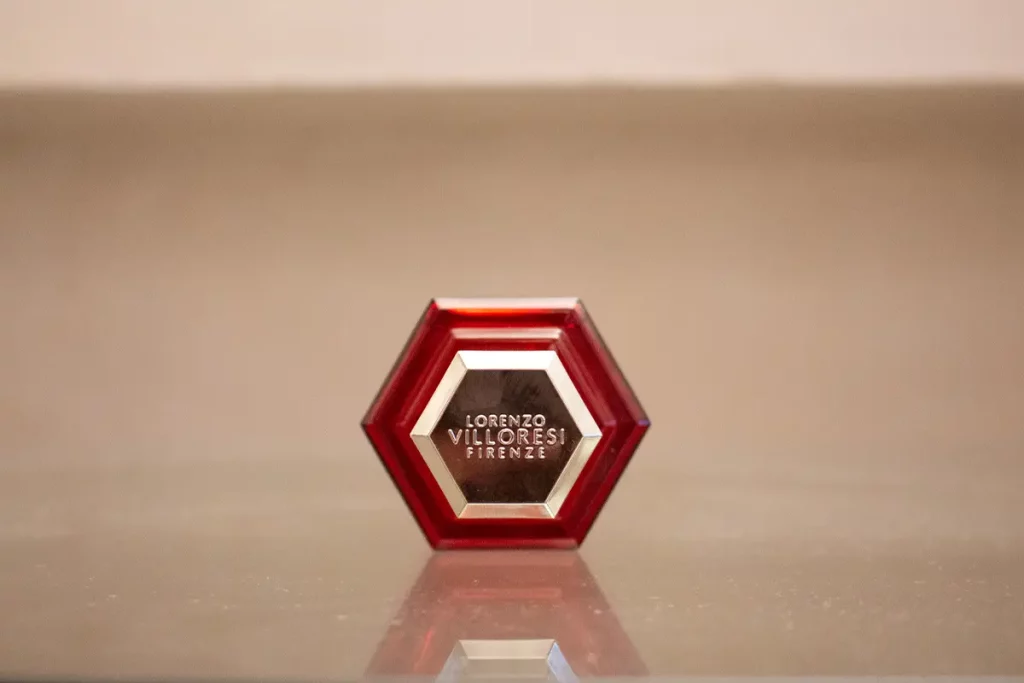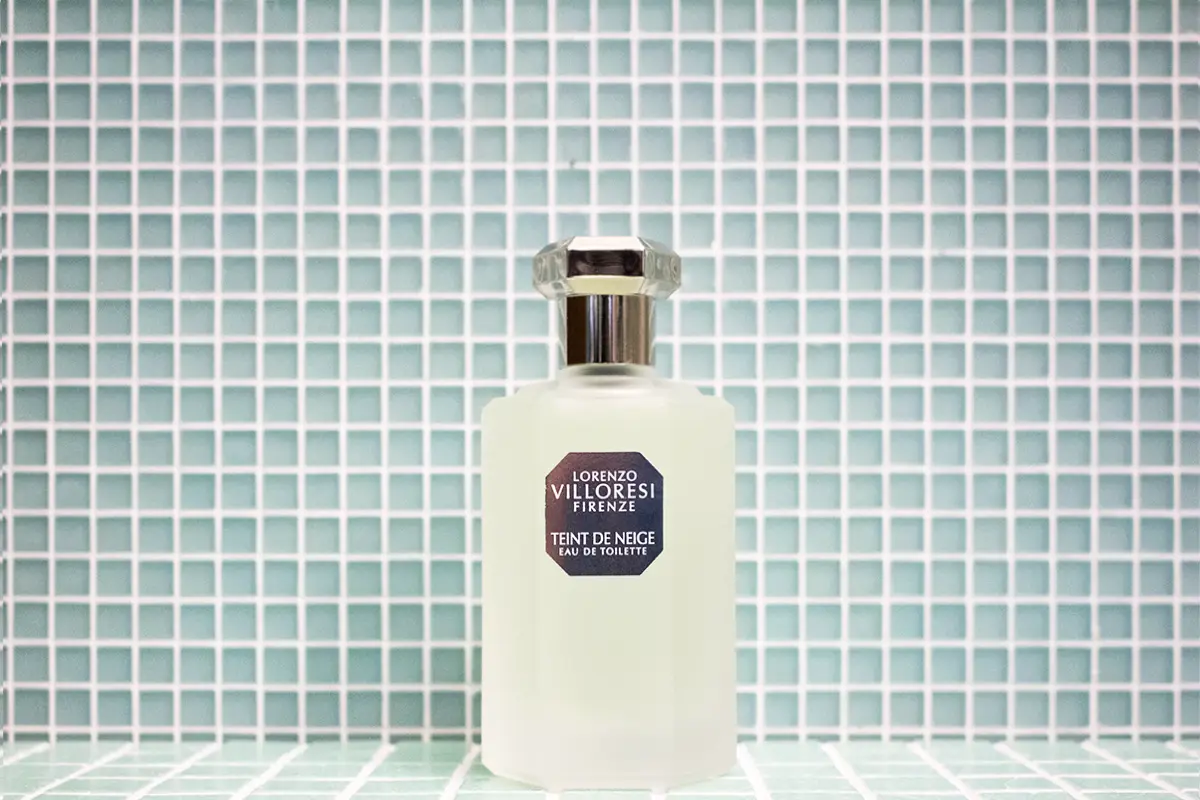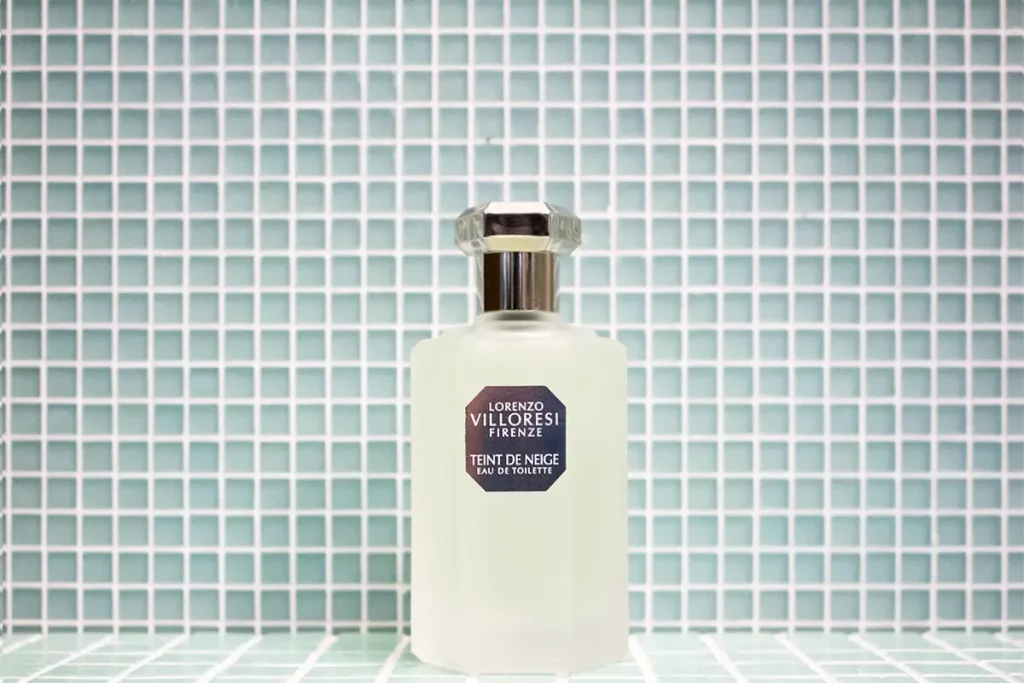The Blue Lotus discovered in Sri Lanka propels Lorenzo Villoresi into new experiments. A conversation about the Maison, the changing perfume industry, and the value of raw materials
The evolution of the perfume industry according to Lorenzo Villoresi: Natural and labgrown raw materials, combinations of biotechnology
CC. What has changed in the perfume industry in the last years?
Lorenzo Villoresi. The frangrance industry is undergoing a revolution, thanks to research and molecule selection. Special scents that are hard to find in nature are being generated in laboratories. In parallel, there is a continuous search for natural aromatic materials, extracted or distillated from plants, flowers and seeds. Biotechnology has made it possible to replicate in a natural manner some aromatic materials, like the patchouli, at lower costs. This has made high-quality raw materials more affordable and accessible, pushing the industry to be more competitive.
There is a growing trend towards more androgynous fragrances, partly to avoid sexual connotations and partly in response to the current freedom of scent expression that has challenged traditional conceptions. New ingredients and fragrances have been introduced that seek to replicate the smell of the river, sea, jungle, or equatorial forest. Extraction experiments have also been carried out in space. Research is increasingly focused on creating special attributes to make fragrances stand out in a market saturated with hundreds or thousands of fragrances that are increasing every year.
The traditional art of perfume seeks to transform a vision into a fragrance. The artistic approach seems to be less present in contemporary perfumes, where the emphasis often lies on the surprise factor rather than the pimary need for market differentiation.
In some countries, like India, there are still regional traditions. For example, that of attar, co-distillations of sandalwood and local flowers, which in India vary from region to region – a custom that remains alive in a local dimension. Beyond these indigenous peculiarities, the perfume industry has a more globalized trend.
Travel as a source of inspiration for Lorenzo Villoresi’s perfume creation – Raw materials from Sri Lanka
CC. Inspiration also comes from confronting different perfume cultures rather than that from the West. You told me about a recent travel in Asia.
Lorenzo Villoresi. During a visit to Sri Lanka, raw materials such as Red Champaca, Blue Lotus, and Frangipane cought my attention. Thanks to my son Alessandro, who is training in Grasse, I learned about the myth of the blue Champaca. Some local legends say that this flower grows only in paradise. I also got to smell the scent of the Blue Lotus for the first time. It has a fragrance partly similar to the sweet violet, with slightly powdery aquatic green hues. Despite the limited size of the island, it is rich in aromatic materials, especially clove, pepper, cinnamon, and other spices, all of which are useful in the creation of true Pot Pourri, which is increasingly in demand.
The definition of a true Pot-Pourri
CC. What is the process of making an authentic Pot-Pourri ?
Lorenzo Villoresi. True Pot-Pourri refers to a collection of plants, or parts of them, set to macerate inside large glazed terracotta jars, along with essences and, following the tradition, layers of salt or odorous resins. A process that requires attention, time and manual care.
Lorenzo Villoresi: From the beginning of a career to the Maison Lorenzo Villoresi
CC. You started your activities through travels.
Lorenzo Villoresi. Ever since I was a boy, traveling to the Middle East has fascinated me. I used to go there out of curiosity and then started going with the purpose of furthering my studies in ancient philosophy and biblical philology during my time in college. It was also an excuse to explore and to understand different lands and cultures.
The stories of my parents, who lived in Cairo in the 1950s, always impressed me. It was in Egypt and Morocco that indeed I first realized how different the world of perfume in the Middle East was from the West. Richer. A universe of smells – what i would come to call ‘narrative’ and identity – were an integral part of daily life. From rose or orange blossom water for hookah, to cardamom coffee; from mint tea to amber cigarettes, everything is a continuum of scents. Stores sell essences of all kinds, scented cigarettes, and spices.
The House Lorenzo Villoresi was officially born in May 1990, but the activities began in 1989 with the ‘Atelier dei profumi’, in my home on Via de’Bardi in Florence. The activity was nourished by the experiences I had and what I could find during my wanderings in the Middle East, mixed with exquisitely Tuscan and Florentine elements linked to centuries of artistic practices, including iris root or scents of cypress and myrtle. Piper Nigrum, still a best seller, took shape in those years. The pot-pourri that I used to prepare in terracotta jars here in the cellars and on the premises of the family home in Colonnata gave way to a parable of research and development, suspended between ancestral legacy and an evocation.
Personal perfume: The realization of customized frangrances according to Lorenzo Villoresi
CC. You have achieved popularity for personal perfume. What does personal perfume mean?
Lorenzo Villoresi. Personal understanding and involvement is required in creating what can be called a personalized fragrance. Odorigenic preferences often have roots in past experiences, certain smells that bring up a spectrum of positive or negative memories. Therefore, people who approach the idea of a customized fragrance are dedicated and interested in this peculiar and unrepeatable dimension. They seek a fragrance that is more or less composite or filled with contrasts and chiaroscuro that fully reflects their individuality.
A personalized perfume should be the equivalent of haute couture in fashion. The creation of the fragrance is often complemented by the customization of the packaging according to the taste of the client; the design of the bottle, the color, the cap and every other detail. A uniqueness capable of encapsulating the distinctive sense of a personality, the sum of an overlapping of memories and madeleines, the plot of a completeness achieved or an incompleteness to be repaired. Each bottle, accessory and case is created by local artisans.
The success of Teint Neige and Lorenzo Villoresi’s new perfumes
CC. Which perfume among the others has been a success?
Lorenzo Villoresi. Over the years, I have realized that Teint de Neige, our famous powdery-floral perfume, has defied conventional trends and managed to grow in popularity through time. This is the difference from conventional perfume launches, which usually experience a drastic decline in interest after a short period.
A result that made me think about artistic perfumery, which possesses a unique potential over time. I am working on new fragrances, for which I am using raw materials such as Lotus, Champaka and Frangipane that we mentioned earlier. I am also developing a new fragrance for Men.
Lorenzo Villoresi’s legacy and the museum in Via de’ Bardi in Florence
Lorenzo Villoresi. My three children are the link to the future of the brand. Alessandro is studying perfumery in Grasse. I never insisted that he takes on this profession, he expressed this desire in independence, which almost surprised my wife Ludovica and myself. Today, several inspirations, opinions and research proposals that we had never embraced before come from him. Arturo, my youngest, is involved in business management and is supporting us in various fields. He is always present and interested in the family business. Gemma, the youngest, has just started college and like her siblings is interested in the universe of our business.
The museum we have opened at our headquarters on Via de’ Bardi in Florence involves enthusiasts, experts and students. One aspect that fascinates visitors is the opportunity to see and touch plants and raw materials that for many are a kind of ghost, pure suggestion. The museum, with the herb garden, does not aim to present our history – we are not brand-obsessed. It proposes a direct approach to the world of perfume and the universe of fragrances. In addition, I am preparing a new book, following those that came out a few years ago, on topics related to the world of perfume.
To date we are present in over sixty countries. Our collections are mainly present in Europe and the Middle East, with some experience and developments in Asia. In addition, due to the growing interest in our Maison in both the Gulf countries and the United States, we are exploring new opportunities. For example, given the drastic change in the global landscape and the significant increase in online sales, there is an emerging need to establish a base in New York to improve distribution in America, considering the challenges of time and distance.
Solid perfume: the experiments of Lorenzo Villoresi
CC. The perfume that you’ve thought of approaching many times but never did.
Lorenzo Villoresi. A desire I had cultivated for a long time was to create a solid perfume, a project that succeeded after lengthy research and is now a very popular travel accessory. When I am fascinated by a certain scent that strikes me by chance or by a particular reading or cultural aspect, I try to pursue it and capture it by turning it into fragrance. A bit like the myth of Shangri-La, a flight of imagination free and untethered from everything that then becomes reality.
Sustainability in the perfume industry – from raw material sourcing to recyclable packaging
Visits to plantations and crops have revealed a new interest in the well-being of people involved in the production chain, including local communities, with a commitment to fair and civil working conditions. Some are seeking new raw materials in collaboration with NGOs to preserve the environment and well-being of the communities involved. Interest in sustainability has become a trend for companies, primarily to avoid negative publicity.
In our case, we are focusing on every detail of packaging, such as choosing recyclable materials. We avoid treatments that compromise or limit the recycling process. As for raw materials, we have a certified supply chain. Sustainability is an integral part of quality, but its implementation may vary from case to case. Sustainability originates a process that involves the entire production chain. Our commitment goes beyond packaging, as we are manufacturers and consequently manage a complete supply chain.
Lorenzo Villoresi
Lorenzo Villoresi (Florence, April 5, 1956) is an Italian artist-fragrance maker and entrepreneur, founder of the eponymous company. Born into a cosmopolitan and multicultural family, Lorenzo Villoresi founded the artistic perfumery Maison in Florence in 1990, but his passion for perfume began much earlier. While studying philosophy, he traveled the world, discovering and studying aromatic materials and beginning to create bespoke fragrances. Every aspect of production is still done in-house and requires care and attention, using high-quality ingredients for fragrances and the finest materials for accessories.
The Villoresi Museum offers a multi-sensory journey to discover fragrance and aromatic materials. The project was created to disseminate knowledge of the world of perfume from historical-anthropological, geographical, botanical, economic and scientific perspectives. The heart of the exhibition is the Osmorama, a vast collection of ancient and modern aromatic ingredients, which allows visitors to smell the odors of individual materials.
Cesare Cunaccia






















